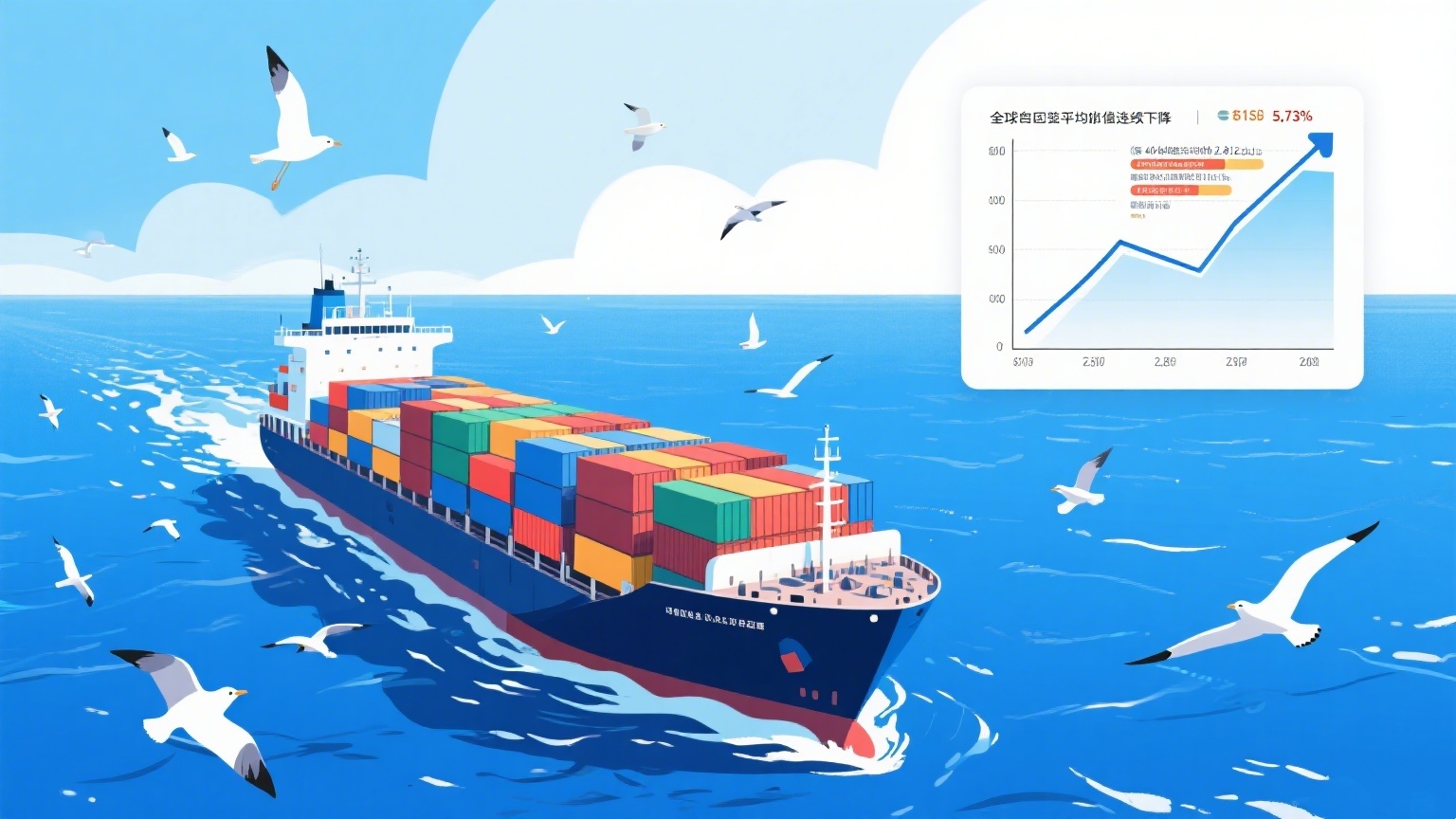Global Container Freight Rates Continue to Fall, Creating Short-Term Opportunities for Exporters
2025-07-28
Recently, the global shipping industry has witnessed a notable trend: freight rates are continuing their downward trajectory. According to the latest data from the Drewry World Container Index (WCI), average container shipping rates have declined for the third consecutive week. As of mid-July 2025, the cost of shipping a 40-foot container fell to USD 2812, reflecting a week-on-week decrease of 5.73%. Specifically, freight rates from Shanghai to Los Angeles dropped by 15%, while Shanghai to New York saw an 11% decline.

Supply-Demand Shifts Driving the Downturn
The recent decline in shipping costs can largely be attributed to the following factors:
Oversupply of Capacity: After two years of capacity constraints, a large number of newly built vessels have been delivered, significantly expanding global shipping capacity.
Weakened U.S. Demand: With rising inventory levels, inflationary pressure, and reduced consumer spending, demand for goods shipping into North America has softened.
Improved Port Operations: Major international ports are currently operating more smoothly, with reduced congestion and improved turnaround times, easing logistical bottlenecks.
For manufacturers and exporters—especially small and medium-sized enterprises in the textile materials sector—this reduction in freight rates presents a short-term advantage by lowering shipping costs and enhancing price competitiveness in overseas markets.
Responsive Strategies for Mesh Fabric Exporters
As a dedicated producer and exporter of technical mesh fabrics, Jinjiang Zhongzhi Shoes Material Trade Co., Ltd. has closely followed the impact of this freight trend. We recommend that peers and clients consider the following strategies:
Optimize Shipment Timing
With freight rates currently at a lower level, it is an ideal time to schedule shipments for August–September to lock in logistical cost savings.
Evaluate FOB vs. CIF Terms
In a falling freight market, CIF (Cost, Insurance & Freight) terms offer greater negotiation flexibility and may enhance price attractiveness for buyers.
Leverage Multi-Port Shipping Options
Take advantage of smooth operations across multiple Chinese ports such as Xiamen, Quanzhou, and Ningbo to avoid bottlenecks and diversify shipping options.
Long-Term Uncertainty Remains
While the current freight decline offers temporary relief, the long-term outlook remains uncertain due to potential disruptions, including geopolitical tensions in the Middle East, evolving U.S. and EU trade policies, and extreme climate events. Exporters are advised to maintain agile supply chain strategies and strengthen collaboration with logistics partners and customers.
Conclusion
Shipping rates are not just numbers—they are key indicators of global supply chain health. As a professional supplier of polyester mesh fabrics, Jinjiang Zhongzhi Shoes Material Trade Co., Ltd. will continue to monitor industry trends, seize market opportunities, and support customers in reducing costs and securing stable delivery channels.







